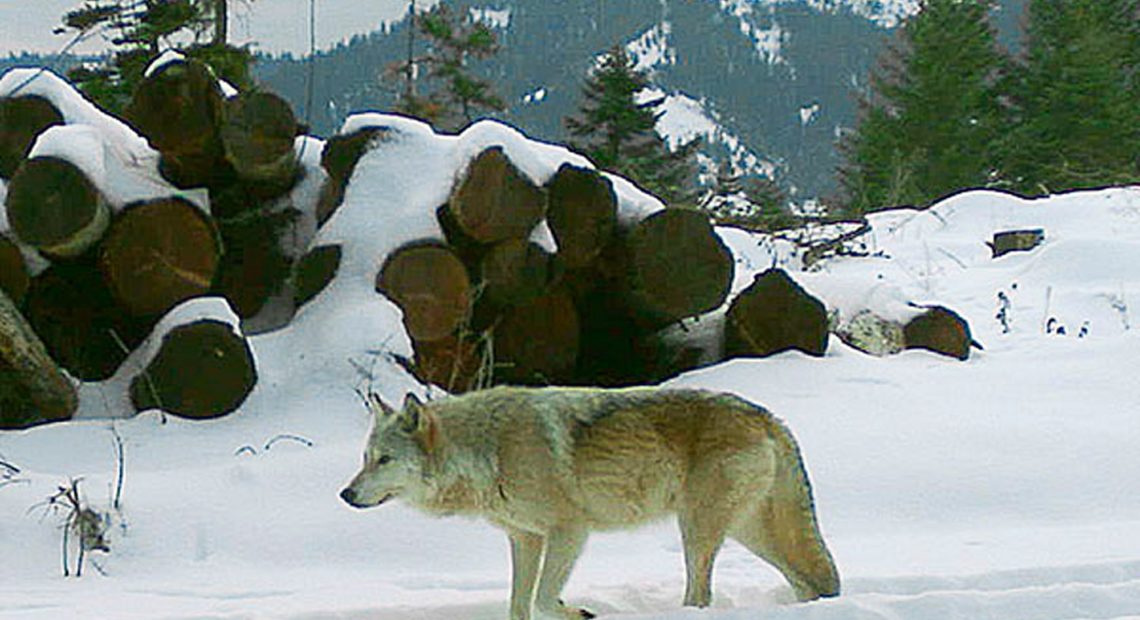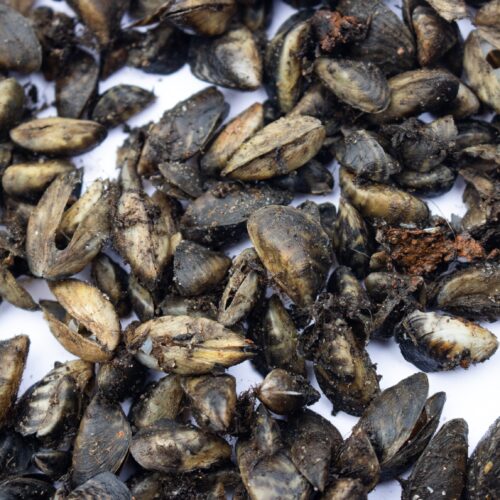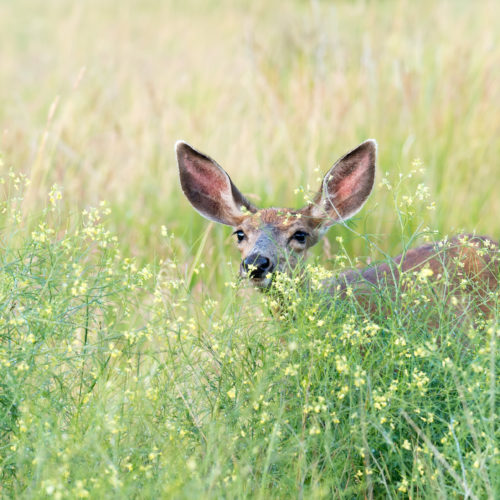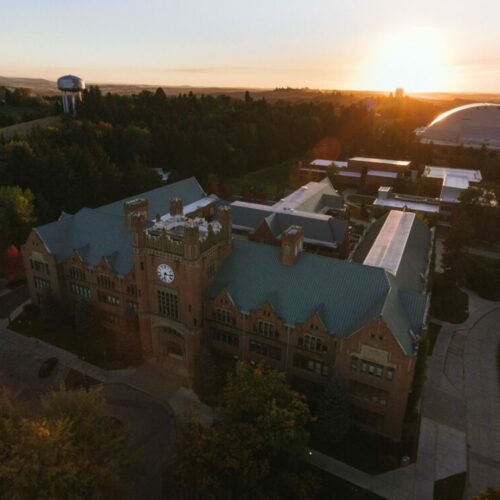
Washington’s Wolf Population Likely Larger Than Estimated, Researcher Says
read on
BY NICHOLAS K. GERANIOS / AP
The number of wolves in Washington state is likely much higher than previously thought, according to a University of Washington researcher who spent two years studying the animals using scat-sniffing dogs.
Samuel Wasser said his dogs detected 95 wolves in one area of Stevens and Pend Oreille counties, in the rural northeast corner of the state, during the 2016-17 season. That approached the total number of wolves wildlife officials estimated for the entire state.
The state Department of Fish and Wildlife a year ago estimated Washington had a minimum of 122 wolves, grouped in at least 22 packs, and 14 successful breeding pairs.
Wasser told a state Senate committee last week that it’s possible the population of wolves is closer to 200 animals.
State wolf managers also addressed the panel, saying Washington’s wolf population has grown on average 30 percent per year.
“We are seeing a wave of recovery,” said Donny Martorello, head of wolf policy for the Department of Fish and Wildlife. “This is indicative of adequate protections, available habitat and suitable prey base.”
Washington also has fewer conflicts between wolves and cattle than many other states, he told the Senate Agriculture, Water, Natural Resources and Parks Committee.
The question of how many wolves roam the state is important because it determines whether wolves are considered a protected species under state and federal law.
Wolves are a state endangered species throughout Washington, where they were all but wiped out early in the last century but started returning from neighboring Idaho and Canada after the turn of the new century. They also remain federally protected in the western two-thirds of the state, where killing wolves is prohibited.
According to Washington’s wolf recovery plan, wolves can be delisted after 15 successful breeding pairs are documented for three consecutive years, or after officials document 18 breeding pairs in one year.
Most likely, the state will document 18 breeding pairs in one year before they document 15 successful pairs over the course of three years, Martorello said.
In any event, those who wish for the removal of all wolves will not get their wish, the wildlife department’s director, Kelly Susewind, told the committee.
“Wolves are doing quite well. They’re here. They’re here to stay,” Susewind said.
The return of the wolves is problematic in ranching areas because they sometimes prey on livestock. To the dismay of some conservation groups, that has prompted the state to track and kill several wolf packs in recent years.
While many urban residents support the return of wolves, livestock producers on the front lines — in the lightly populated northeastern part of the state — are wary.
A state lawmaker from that rural area, where Wasser conducted his study, this week introduced a bill in the Legislature to create a wolf sanctuary in the heavily residential Seattle suburb of Bainbridge Island. Republican Rep. Joel Kretz’s bill was in response to the legislator from Bainbridge Island introducing a bill to ban the killing of wolves.
“I’m sure the gray wolves will seek to placidly co-exist with the dogs, cats, horses, sheep, people and other peaceful animals of the island,” said Kretz, of Wauconda.
His bill also said the state can kill wolves only after “four dogs, four cats or two children have been killed.”
Wasser and his team used dogs to sniff out scat of different animals. By analyzing the excrement, biologists can determine whether an animal is malnourished, pregnant or stressed.
Wasser’s team is also looking at how wolves and smaller predators, such as coyotes and bobcats, interact. Preliminary findings indicate wolves are avoiding coyotes.
Preliminary analysis of the scat composition shows wolves have been eating mostly deer, followed by moose and elk. Coyotes and bobcats have been eating mostly snowshoe hares.
Washington is a good place to study wolves because the animals haven’t spread to all areas of the state, Wasser said. Studying areas where wolves are not widely found, such as south of Interstate 90, and observing how the ecosystem responds will shed light on the interaction between wolves and other predators.
The environmental group Conservation Northwest welcomed Wasser’s findings on wolf numbers.
“Wolf recovery is progressing well in Washington,” the group said. “Despite a few high-profile events, the rate of wolf mortality is much lower here than in Rocky Mountain states.”
The group said it hopes to soon see wolves confirmed in Washington’s South Cascades, as well as new areas of the North Cascades.
Related Stories:

Inspectors find 21 gallons of invasive mussels on tugboat outside of Spokane
A close-up of the thumbnail-sized invasive quagga and zebra mussels found on a tugboat in January. (Credit: Washington Department of Fish and Wildlife) Read It was a close call along

Sniffing out invasive mussels to protect Washington’s waters
Fin is about 4 years old and is a Catahoula leopard dog, blue lacy and Australian kelpie mix. He can inspect up to 140 boats per day. (Credit: Courtney Flatt

Fatal deer disease found in Washington for the first time
Mule deer in tall grasses and forbs, Iwetemlaykin Heritage Site, Wallowa Valley, Oregon. (Credit: Leon Werdinger / Alamy Stock Photo) watch Listen (Runtime 0:59) Read A fatal disease for deer
















